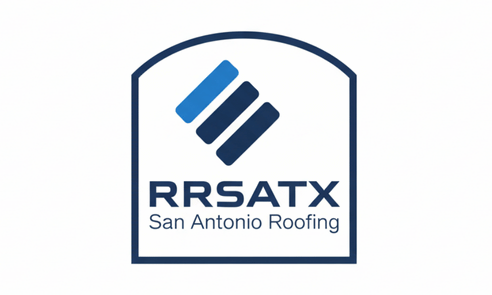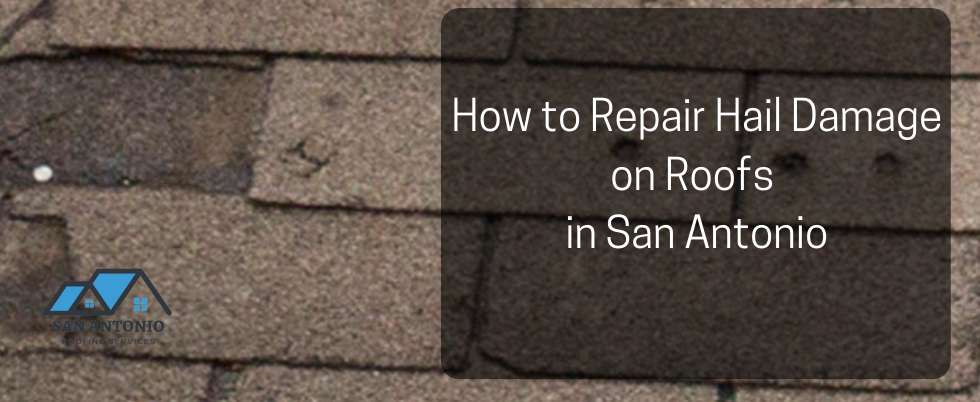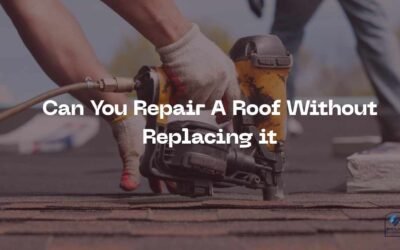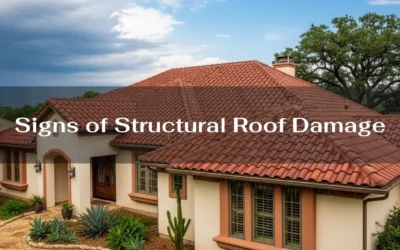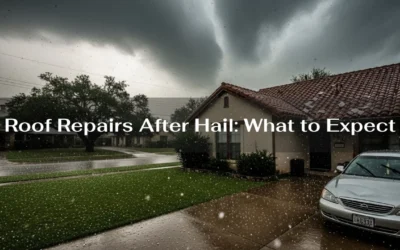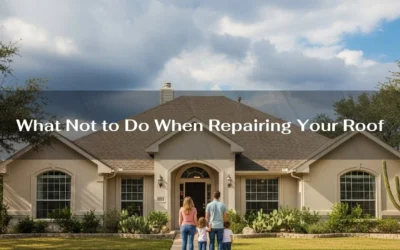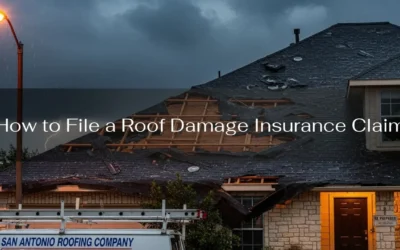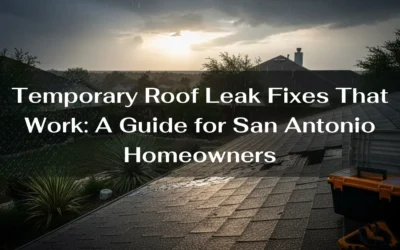Hailstorms pose a significant threat to roofs in San Antonio, causing extensive damage that requires prompt attention. In this comprehensive guide, we’ll explore the steps necessary for repairing hail damage roofs in San Antonio’s climate.
-
Assessing the Severity of Hail Damage
Begin by examining your roof for signs of hail damage, such as dents, punctures, or cracked shingles. Document the damage through photographs and notes to facilitate insurance claims and repairs.
-
Safety Precautions: A Vital Consideration
Prioritize safety when assessing and repairing hail damage. Utilize appropriate safety gear, such as a secure harness and non-slip footwear, and consider enlisting a professional to mitigate risks.
-
Contacting Your Insurance Provider
After documenting the damage, contact your insurance provider to initiate a claim. Provide photographic evidence and a detailed account of the damage to streamline the process.
-
Selecting a Reputable Roofing Contractor
Choose a trusted roofing contractor experienced in repairing hail damage in San Antonio. Verify their credentials, references, and track record to ensure a successful repair.
-
Roof Inspection: A Crucial Step
A professional roof inspection is essential for identifying the full extent of the hail damage. Your chosen contractor will assess the damage, recommend repairs, and provide a comprehensive estimate.
-
The Importance of Prompt Repairs
Address hail damage promptly to prevent further deterioration and minimize the risk of leaks, mold growth, and structural issues that can compromise your roof’s integrity.
-
Repairing Asphalt Shingle Roofs
For damaged asphalt shingles, replace individual shingles or patches as needed. Ensure the new shingles match the existing ones in color, style, and quality to maintain your roof’s appearance.
-
Repairing Metal Roofs
Metal roofs may require dent repair, paint touch-ups, or panel replacement, depending on the severity of the hail damage. Consult your roofing contractor to determine the most appropriate course of action.
-
Repairing Tile Roofs
Hail damage to tile roofs may result in cracked or broken tiles. Replace damaged tiles with new ones that match the existing color and style, ensuring a seamless repair.
-
Repairing Flat Roofs
For flat roofs, hail damage may manifest as punctures, tears, or delamination. Address these issues by patching or replacing the affected areas, ensuring proper adhesion and waterproofing.
-
Flashing and Vent Repair
Inspect your roof’s flashing and vents for hail damage, as these components are essential for preventing leaks. Repair or replace damaged flashing and vents as necessary to maintain your roof’s integrity.
-
Gutter and Downspout Repair
Hailstorms can also damage gutters and downspouts. Assess these components for dents, cracks, or detachment, and conduct repairs or replacements as needed to ensure proper drainage.
-
Dealing with Interior Damage
Hail damage may cause leaks that lead to interior damage, such as water stains, mold growth, or damaged insulation. Address these issues promptly to prevent further complications.
-
Upgrading to Hail-Resistant Materials
Consider upgrading to hail-resistant roofing materials, such as impact-resistant shingles or metal roofing, to minimize future hail damage and extend your roof’s lifespan.
-
Fortifying Your Roof’s Structure
Strengthen your roof’s structure with additional support, such as reinforced decking or truss bracing, to enhance its resistance to hailstorms and other extreme weather events.
-
Implementing a Roof Maintenance Plan
Establish a regular roof maintenance plan to ensure your roof remains in optimal condition. Routine inspections, cleaning, and addressing minor issues can significantly extend your roof’s lifespan.
-
Preparing for Future Hailstorms
Take proactive measures to protect
your roof from future hailstorms, such as installing impact-resistant skylights, gutter guards, and maintaining nearby trees to minimize potential damage.
-
Understanding Hail Damage Insurance Coverage
Familiarize yourself with the details of your insurance policy to ensure you’re adequately covered for hail damage. Review your policy’s deductible, coverage limits, and any exclusions to avoid surprises during the claims process.
-
Collaborating with Your Contractor
Maintain open communication with your roofing contractor throughout the repair process. Discuss timelines, materials, and any concerns that arise to ensure a seamless and satisfactory repair.
-
Post-Repair Roof Inspection
After the repair is completed, schedule a post-repair inspection to confirm that all hail damage has been addressed and your roof is in optimal condition. This step helps to identify any lingering issues and ensure the quality of the repair work.
In conclusion, repairing hail damage on roofs in San Antonio requires a comprehensive approach, including prompt assessment, enlisting a reputable contractor, and addressing the damage efficiently. By upgrading to hail-resistant materials, fortifying your roof’s structure, and implementing a regular maintenance plan, you’ll minimize future damage and extend the lifespan of your roof.
